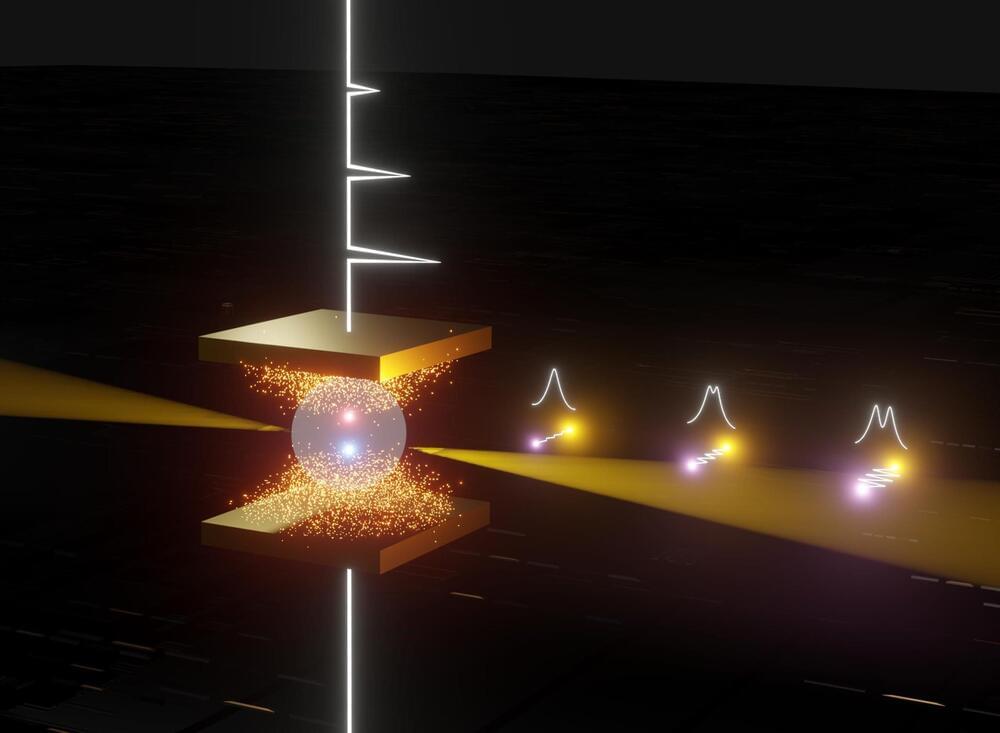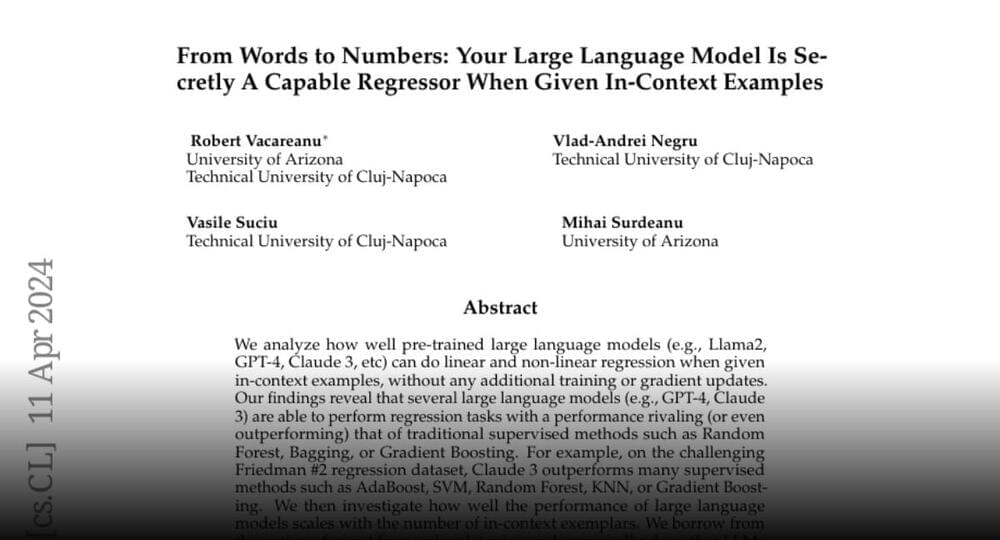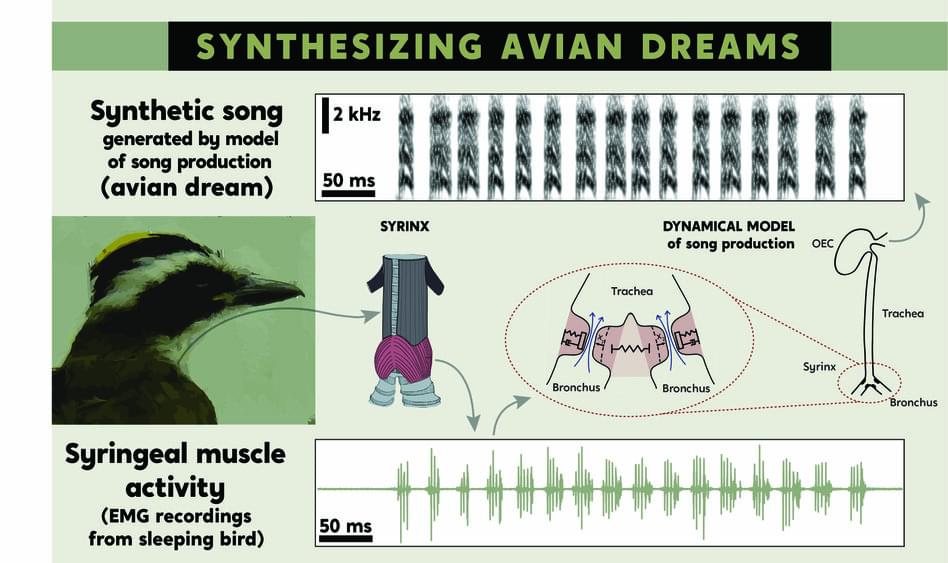POSTECH researchers have created a technique for controlling polaritons, which could lead to advancements in optical displays and various optoelectronic devices.
A research team consisting of Professor Kyoung-Duck Park and Hyeongwoo Lee, an integrated PhD student, from the Department of Physics at Pohang University of Science and Technology (POSTECH) has pioneered an innovative technique in ultra-high-resolution spectroscopy. Their breakthrough marks the world’s first instance of electrically controlling polaritons—hybridized light-matter particles—at room temperature.
Novel Characteristics of Polaritons.






